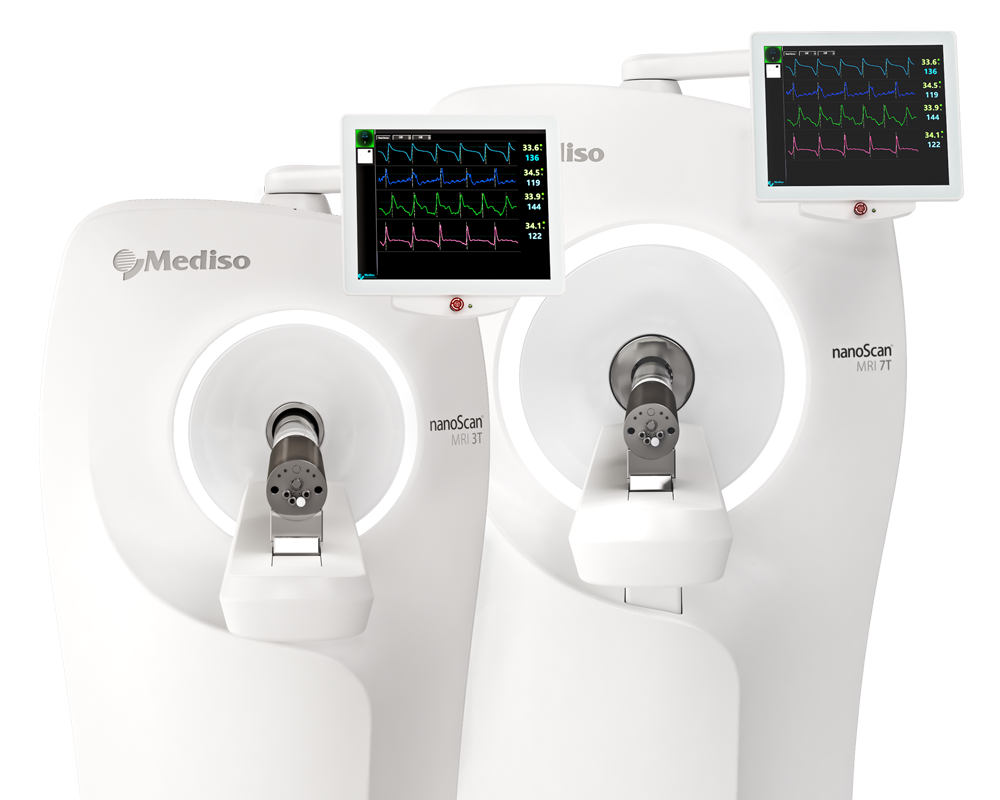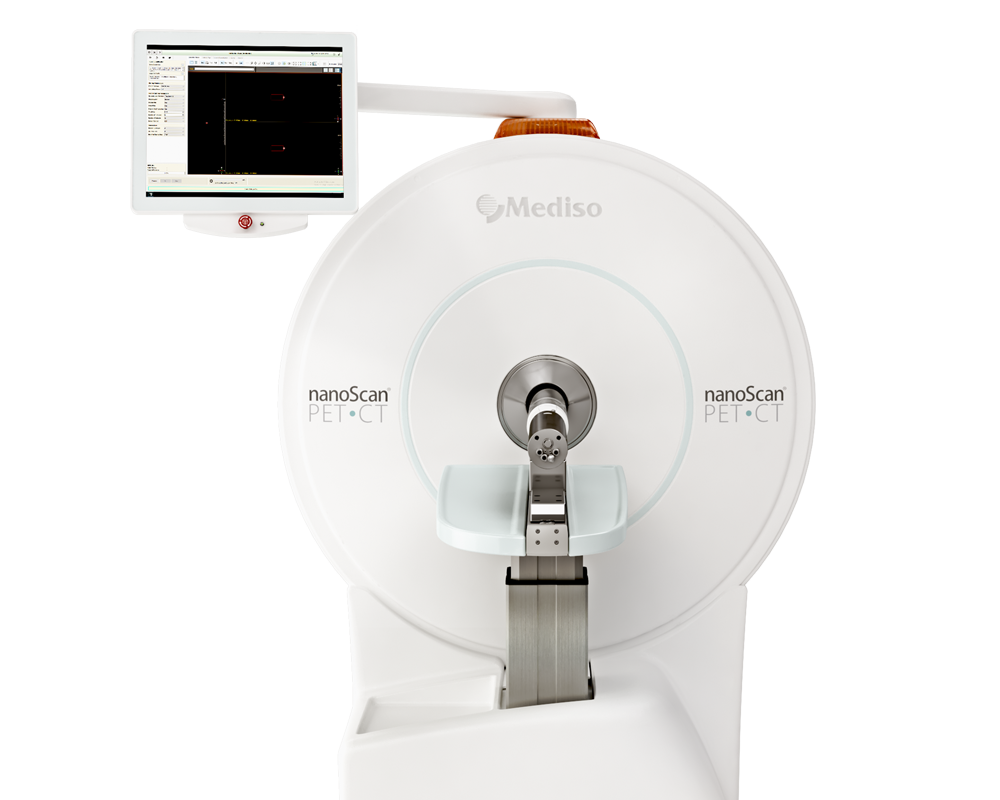Repurposing carboplatin-based Pt(IV)-deferoxamine conjugates for infection theranostics
2025.09.25.
Martin Kraihammer et al., European Journal of Medicinal Chemistry, 2026
Summary
Recently, multifunctional platinum(IV) complexes designed as prodrugs for the anticancer drug carboplatin and the iron chelator deferoxamine (DFO), each featuring a DFO unit at one axial position and either hemisuccinate or acetate at the other, were developed. As these compounds contain DFO, they hold the potential to be radiolabelled with gallium-68 for molecular imaging and to be recognized by microorganisms, which can utilise DFO as a siderophore-based iron source being taken up by specific siderophore transporters (SITs). Combining this recognition mechanism with a cytotoxic carboplatin core, these compounds could potentially lead to specific antimicrobial activity, particularly against Aspergillus fumigatus (AFU), which causes systemic infections and expresses relevant SITs. The two complexes were radiolabelled with gallium-68 and evaluated for radiochemical purity and protein binding, exhibiting quantitative 68Ga-labeling yields with high radiochemical purity and stability in human serum as well as low protein binding. In vitro uptake assays in AFU and AFU mutants lacking SITs were performed as well as MIC assays for assessment of antifungal activity in comparison to DFO and carboplatin alone. Complexes were also evaluated in in vivo assays including stability studies in healthy mice as well as biodistribution studies and PET imaging in a rat pulmonary aspergillosis model, revealing favourable pharmacokinetics with rapid distribution and a renal excretion pattern with pronounced accumulation in AFU infected lung tissue. However, rapid metabolism of the complexes was observed already 5 min p.i. in serum and urine samples. Overall, this study demonstrates the potential of carboplatin-based Pt(IV)-DFO conjugates for application in infection theranostics.
Results from nanoScan® PET/MRI 3T and PET/CT
Anesthetized AFU infected rats were r.o. injected with 68Ga-labelled conjugates 1a or 2a (∼10 MBq/rat, approximately ∼2.5 µg of conjugate) and placed in the prone position in the respective imaging systems. Dynamic µPET/CT imaging was performed on a Mediso nanoScan® PET/CT imaging system for small animals (Mediso Medical Imaging Systems, Budapest, Hungary). Double FOV (2 x 98.55 mm) PET scan was acquired immediately after injection to 60 min p.i., followed by whole-body helical CT (50 kVp/908 µA, 720 projections). Static µPET/3T MRI imaging was performed for approximately 30 min with double FOV PET scan (2 x 98.5 mm), followed by a coronal T1-weighted 3D gradient echo scan (slice thickness = 0.6 mm; TR = 15 ms; TE = 3.9 ms; NEX = 2; flip angle = 20°) 60 min p.i. using the Mediso nanoScan® PET/MRI 3T small animal imaging system (Mediso Medical Imaging Systems, Budapest, Hungary). Static µPET/CT imaging was performed for approximately 25 min with double FOV PET scan (2 x 98.5 mm), followed by whole-body helical CT (50 kVp/908 µA, 720 projections) at 45 min p.i. using the Mediso nanoScan® PET/CT system mentioned above. Image reconstruction for data from both scanners was performed using Mediso Tera-Tomo™ iterative 3D PET reconstruction (Mediso Medical Imaging Systems, Budapest, Hungary). Image visualization, processing, and quantification were performed with Mediso InterView™ FUSION software (Mediso Medical Imaging Systems, Budapest, Hungary). All images were normalized to the injected activity and animal weight.
Results show:
- By imaging with nanoScan® PET it was revealed that the accumulation in pulmonary infection areas was very rapid and allowed a clear delineation of the infected tissue minutes after injection, indicating specific uptake by SITs overexpressed by the invading pathogen.
- Static PET/CT (figure 6A) and PET/MR imaging (figure 7) confirmed rapid renal elimination for both 68Ga-labelled conjugates with no visible retention in other organs apart from the kidney.

Fig. 6. (A) Static PET/CT imaging of rats with AFU lung infection, performed 45 min after injection of [68Ga]Ga-conjugate 1a and [68Ga]Ga-conjugate 2a, showing rapid accumulation in infected lung tissue alongside pronounced renal uptake related to elimination of the compounds. (B) Comparison of radioactive signal uptake in the lungs of AFU-infected rats (n = 3). Results are expressed as SUVmax.
Figure 7. Static PET/MRI imaging of rats with AFU lung infection, injected with (A) [68Ga]Ga conjugate 1a and (B) [68Ga]Ga-conjugate 2a 60 min p.i.. Whole body MRI images fused with PET images of lung area only, showing clear accumulation in infected lung tissues (yellow arrows). AP = axial projection; CP = coronal projection; TP = transversal projection.
-
The ex vivo biodistribution data were fully consistent with the results from animal imaging. The highest activity concentration in the organs at late time points (90 min p.i.) was found for kidneys and intestine (1.4 ± 0.46 %ID/g for [68Ga]Ga-conjugate 1a and 1.3 ± 0.02 %ID/g for [68Ga]Ga-conjugate 2a).
-
Quantitative comparison of lung uptake by means of maximum standardized uptake values (SUVmax) showed no significant difference between the two compounds as shown in figure 6B.
Conclusion
In this paper it was shown that multifunctional platinum(IV)-DFO complexes, designed for anticancer treatment, can be reutilized for targeted microbial imaging and treatment in a combined theranostic approach. This concept takes advantage of specific transport via Sit1 using DFO as a targeting moiety. The results showed fast radiolabelling with gallium-68 under mild conditions with high radiochemical purity, low protein binding properties and high stability in human serum. The compounds showed uptake equal to or slightly less than 68Ga-radiolabelled DFO in AFU wild type cells, with significantly lower uptake in AFU mutants lacking sit1. Moderate antifungal activity, not solely dependent on Sit1-expression, as determined by MIC assays was observed. In vivo assays in healthy mice and small animal PET imaging using a rat pulmonary aspergillosis model indicated favourable pharmacokinetics with rapid biodistribution and accumulation in infected tissue as well as renal excretion. However, the apparent fast metabolism of the investigated compounds and the observation that antimicrobial activity was not exclusively Sit1-dependent require further optimisation of this approach. Nevertheless, it shows great promise, particularly with regard to the favourable pharmacokinetics and the overall good antifungal properties of the compounds studied, which opens up the possibility of developing targeted antimicrobial theranostic agents.
Full article on ScienceDirect
How can we help you?
Don't hesitate to contact us for technical information or to find out more about our products and services.
Get in touch

